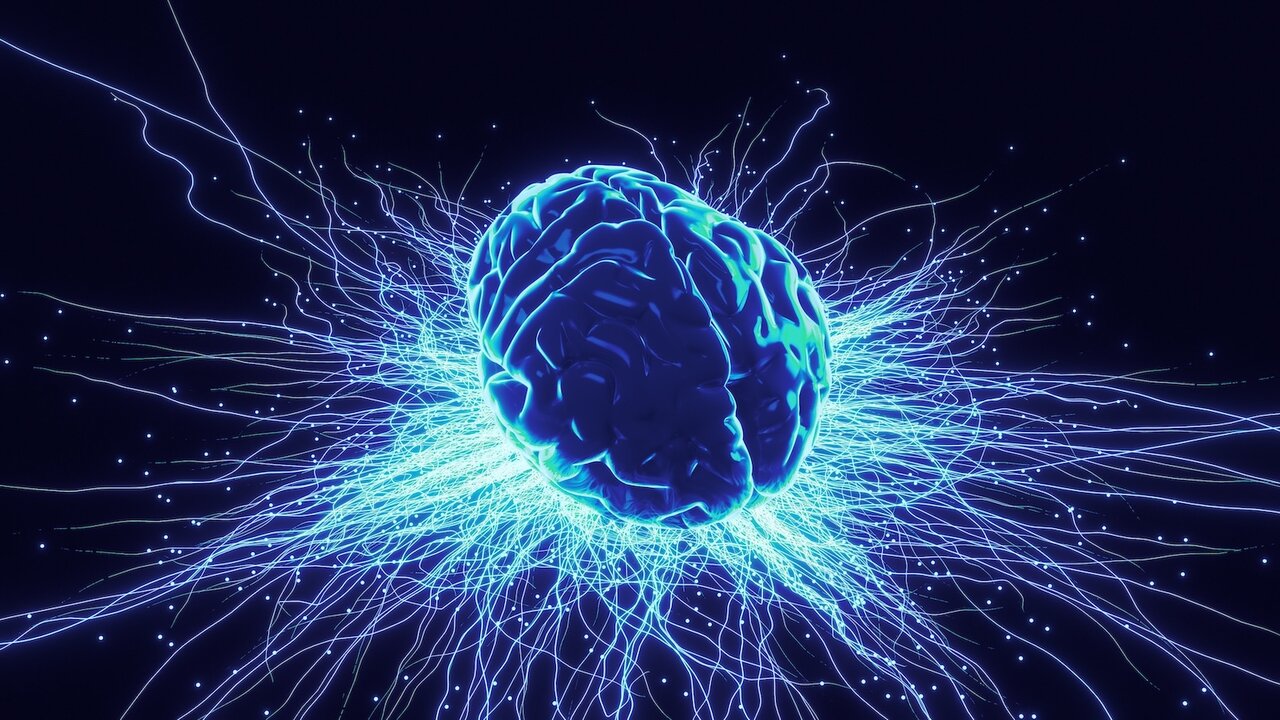
Quellen
- (1) Esch, T. (2017): Die Neurobiologie des Glücks. Thieme
- (2) Machleit, U. & Schmidt, J. (2014). Die Bedeutung der Motivation und Compliance in der Behandlung der morbiden Adipositas. Ernährung & Medizin, 29(03), 112–116. https://doi.org/10.1055/s-0034-1384434
- (3) Stier, C. (2022). Adipositas: Essen oder Nichtessen – eine hypothalamische Frage? In Springer eBooks (S. 1–8). https://doi.org/10.1007/978-3-662-63705-0_1
- (4) Strahler, J. & Nater, U. M. (2017). Differential effects of eating and drinking on wellbeing—An ecological ambulatory assessment study. Biological Psychology, 131, 72–88. https://doi.org/10.1016/j.biopsycho.2017.01.008
- (5) Adam, T. C. & Epel, E. S. (2007). Stress, eating and the reward system. Physiology & Behavior, 91(4), 449–458. https://doi.org/10.1016/j.physbeh.2007.04.011
- (6) Adam, T. C. & Epel, E. S. (2007). Stress, eating and the reward system. Physiology & Behavior, 91(4), 449–458. doi.org/10.1016/j.physbeh.2007.04.011 (Gleiche Quelle wie Fußnote 4)
- (7) Horwath, C. C., Hagmann, D. & Hartmann, C. (2020). The Power of Food: Self-control moderates the association of hedonic hunger with overeating, snacking frequency and palatable food intake. Eating Behaviors, 38, 101393. https://doi.org/10.1016/j.eatbeh.2020.101393
- (8) Palascha, A., Van Kleef, E., De Vet, E. & Van Trijp, H. C. M. (2020). Internally regulated eating style: a comprehensive theoretical framework. British Journal Of Nutrition, 126(1), 138–150. https://doi.org/10.1017/s0007114520003840
- (9) Bouton, M. E. (2002). Context, ambiguity, and unlearning: Sources of relapse after behavioral extinction. Biological Psychiatry, 52(10), 976–986. https://doi.org/10.1016/S0006-3223(02)01546-9
- (10) Mason, A. E., Epel, E. S., Kristeller, J., Moran, P. J., Dallman, M., Lustig, R. H., Acree, M., Bacchetti, P., Laraia, B. A., Hecht, F. M. & Daubenmier, J. (2015). Effects of a mindfulness-based intervention on mindful eating, sweets consumption, and fasting glucose levels in obese adults: data from the SHINE randomized controlled trial. Journal Of Behavioral Medicine, 39(2), 201–213. https://doi.org/10.1007/s10865-015-9692-8
- (11) Franz, M. J., VanWormer, J. J., Crain, A. L., Boucher, J. L., Histon, T., Caplan, W., Bowman, J. D. & Pronk, N. P. (2007). Weight-Loss Outcomes: A Systematic Review and Meta-Analysis of Weight-Loss Clinical Trials with a Minimum 1-Year Follow-Up. Journal Of The American Dietetic Association, 107(10), 1755–1767. https://doi.org/10.1016/j.jada.2007.07.017
- (12) Machleit, U. (2014). Leitlinienorientierte multimodale konservative Therapieverfahren der Adipositas. Ernährung & Medizin, 29(03), 106–110. https://doi.org/10.1055/s-0034-1384431
- (13) Machleit, U. & Schmidt, J. (2014). Die Bedeutung der Motivation und Compliance in der Behandlung der morbiden Adipositas. Ernährung & Medizin, 29(03), 112–116. https://doi.org/10.1055/s-0034-1384434
- (14) Machleit, U. (2014). Leitlinienorientierte multimodale konservative Therapieverfahren der Adipositas. Ernährung & Medizin, 29(03), 106–110. https://doi.org/10.1055/s-0034-1384431
- (15) Machleit, U. (2014). Leitlinienorientierte multimodale konservative Therapieverfahren der Adipositas. Ernährung & Medizin, 29(03), 106–110. https://doi.org/10.1055/s-0034-1384431